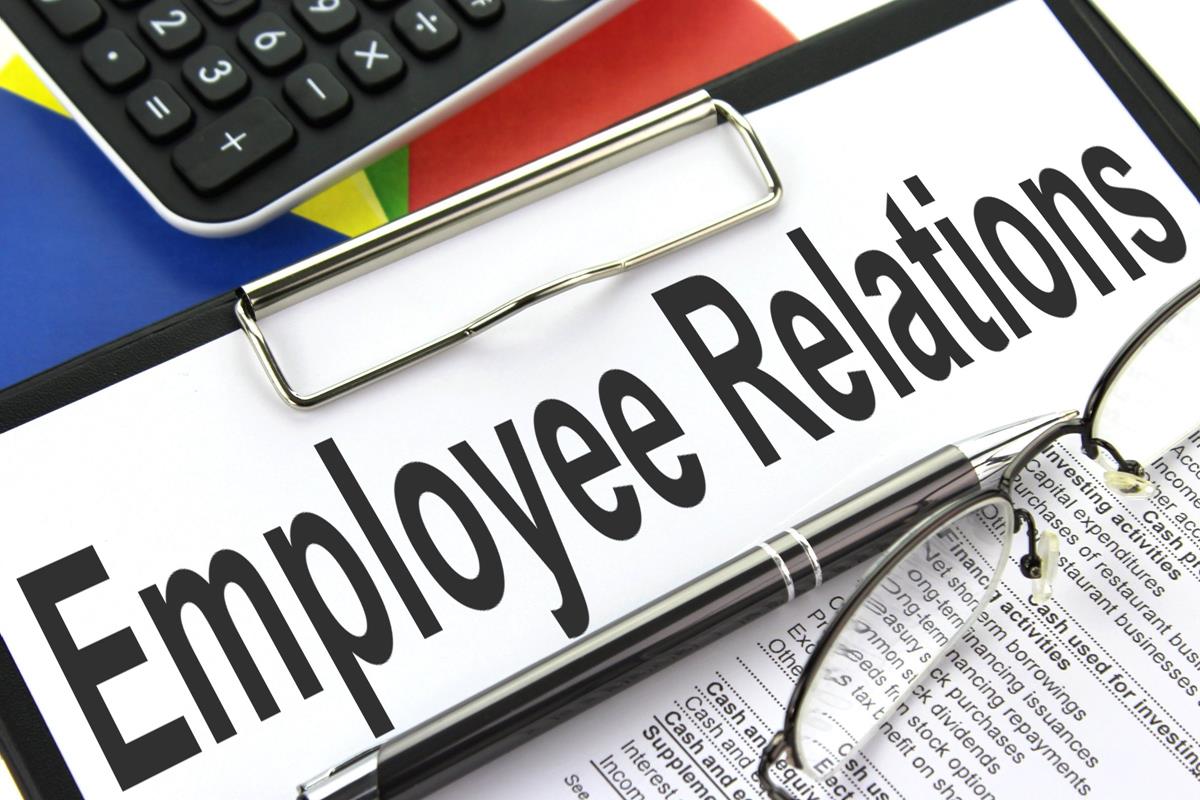
HRM is responsible for attracting, recruiting, and selecting suitable candidates to fill job vacancies within the organization. This process involves creating job descriptions, advertising vacancies, screening resumes, conducting interviews, and making job offers.
HRM designs and implements training programs to enhance the skills and knowledge of employees. This includes orientation for new hires, ongoing skill development, leadership training, and other professional development initiatives.

HRM establishes performance management systems to evaluate and monitor employee performance. This involves setting performance goals, conducting regular performance reviews, providing feedback, and identifying areas for improvement.
HRM is responsible for designing and administering compensation and benefits packages that are competitive and equitable. This includes salary structures, bonuses, incentives, health insurance, retirement plans, and other perks.

HRM oversees employee relations to maintain a positive work environment and resolve conflicts. This includes handling employee grievances, mediating disputes, and fostering open communication between employees and management.
HRM ensures that the organization complies with relevant employment laws and regulations. This involves staying up-to-date on labor laws, handling legal issues such as discrimination or harassment claims, and maintaining accurate employee records.

HRM utilizes technology and HRIS to streamline administrative tasks, manage employee data, and generate reports for decision-making purposes. HRIS may include software for payroll processing, benefits administration, time tracking, and employee self-service portals.
HRM plays a strategic role in aligning HR practices with the overall goals and objectives of the organization. This involves workforce planning, succession planning, talent management, and identifying future staffing needs.

HRM promotes diversity and inclusion within the workplace by implementing policies and initiatives that ensure equal opportunities for all employees regardless of their background, gender, ethnicity, or other characteristics.
HRM focuses on engaging employees and fostering a culture of commitment and loyalty. This includes initiatives such as employee recognition programs, wellness initiatives, and creating opportunities for career growth and advancement.